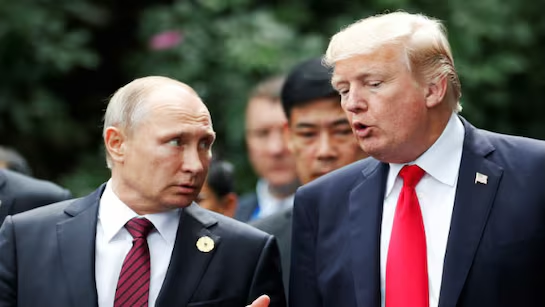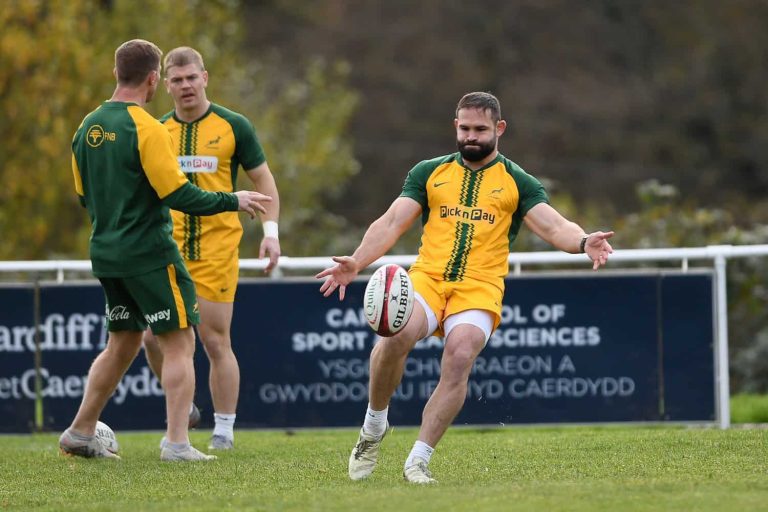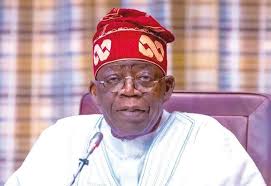
Russia has proposed extending compliance with the nuclear warhead limits set under the New START treaty for one additional year after its scheduled expiration in February 2026, provided the United States does the same.
Signed in 2010, New START is the last surviving nuclear arms reduction pact between the two largest nuclear powers. It caps each country at 1,550 deployed strategic warheads, nearly a 30% cut from previous ceilings.
However, inspections — a central element of the deal — were suspended during the COVID-19 pandemic and have not resumed, while broader arms control talks have collapsed amid worsening tensions over Ukraine.
“Completely abandoning this treaty would be a mistake, both short-sighted and dangerous,” Russian President Vladimir Putin said in a televised address. “To avoid provoking a strategic arms race, Russia is prepared to continue observing New START’s central limits for one year beyond February 5, 2026 — but only if the United States also refrains from steps that undermine the balance of deterrence.”
Russia’s Position
Moscow formally suspended its participation in New START in 2023 but has continued to voluntarily comply with the warhead caps.
Putin’s latest offer, however, does not include a revival of the on-site verification regime that once gave both sides transparency into each other’s arsenals.
Strategic Rivalry
Analysts see the move as an effort to shape the narrative after U.S. President Donald Trump floated new denuclearisation talks involving Russia and China.
Heloise Fayet, a fellow at the French Institute of International Relations, told AFP that Putin’s offer was also linked to U.S. plans for a nationwide missile shield, the so-called “Golden Dome.” “For Moscow, if that project becomes credible, New START limits will no longer make sense,” she said.
The two nuclear superpowers, which together control over 80% of the world’s warheads, have seen arms control erode rapidly in recent years.
In 2019, Washington and Moscow abandoned the Intermediate-Range Nuclear Forces (INF) Treaty, and in 2023 Putin revoked Russia’s ratification of the Comprehensive Nuclear Test Ban Treaty, though Moscow pledged to maintain its testing moratorium.
Nuclear Tensions
Since Russia’s invasion of Ukraine in 2022, nuclear threats have become a recurring feature of Kremlin rhetoric. Days after launching the war, Putin placed nuclear forces on high alert. Last year, he signed a decree lowering the threshold for nuclear use.
Although relations with Washington have marginally eased since Trump entered office in January, no substantive negotiations on nuclear stability have taken place.
In August 2025, Trump announced he was repositioning two U.S. nuclear submarines in response to what he called “highly provocative” remarks by former Russian President Dmitry Medvedev.
For now, Putin’s one-year extension offer underscores both the fragility of the arms control regime and the risks of sliding into a new nuclear arms race without even the minimal guardrails New START once provided.

